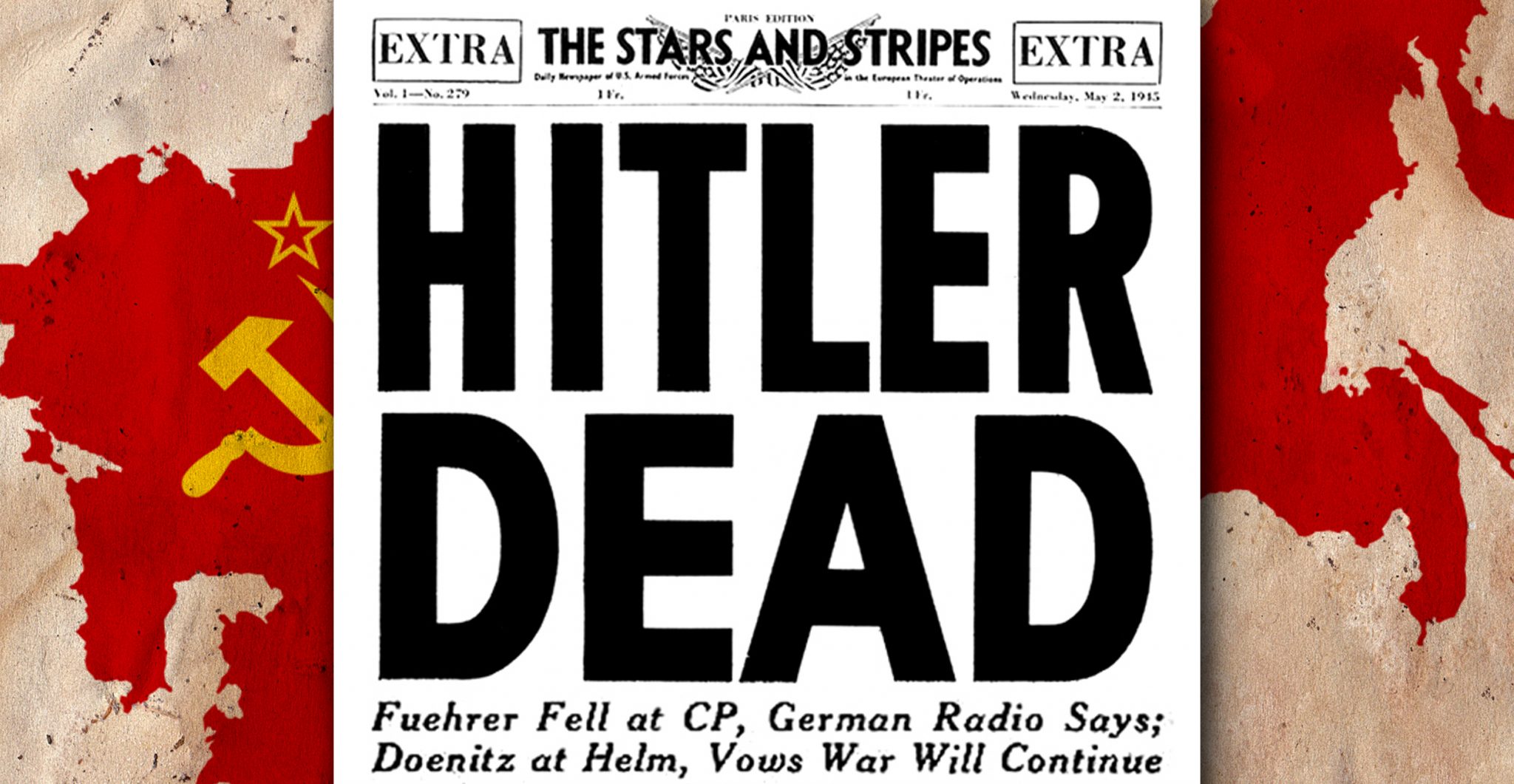“We cannot enter into alliances until we are acquainted with the designs of our neighbors.” ― Sun Tzu, The Art of War
It was 1939, and the Germans were confident in the strength of their army and their leader’s vision, so they decided to invite to the party somebody who would be just as greedy as them. They wanted an ally who would be as enthusiastic as they were about invading other countries and taking more land.
Consequently, they turned to Soviets. Hitler signed the Non-aggression Pact with Stalin, and the two nations took over Poland.
However, it appeared that Hitler had miscalculated a few things. By the end of this invasion, he seemed discontent with what he had achieved. Perhaps he resented the fact that the Soviet Union was getting a lot of countries like Estonia, Lithuania, and Latvia.
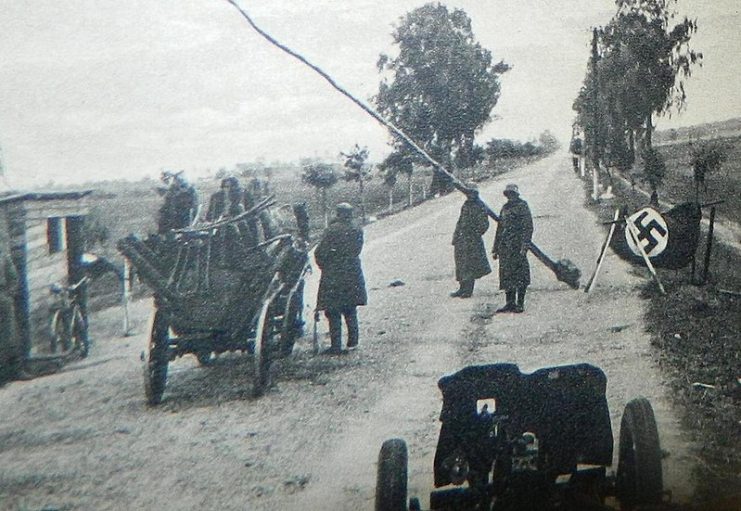
Fueled by this lack of fulfillment together with his mad desire to conquer, Hitler made some poorly thought-out decisions.
He failed to keep his friends close and his enemies closer. He failed to acquire the information needed about with whom he was collaborating. What were their intentions? How were people living in their native land? He failed even to ask something as simple as: what was the weather like?
https://youtu.be/jRa5NULML2A
If you have ever read or heard about Sun Tzu, you probably noticed how he observes everything before deciding on a strategy. Sun Tzu often talks about knowing yourself as well as knowing your surroundings. He expounds knowing your enemies’ weakness as well as your own, knowing your allies’ land as well as yours.

Hitler failed to do any of these things before and after his interaction with the Soviets.
In May 1940, Hitler had just started the German Invasion of Western Europe, which lasted six weeks. Soon Adolf would turn his eyes towards the East.
Drunk with power, he would decide to launch a surprise attack. He was confident he could win and didn’t take into account the weather conditions on the cold east side of the continent.
Anticipating a quick victory, and not thinking that perhaps the Soviets would join forces with the Allies, Hitler sent his troops into the country. He sacrificed them to his own stubbornness and short-sightedness.
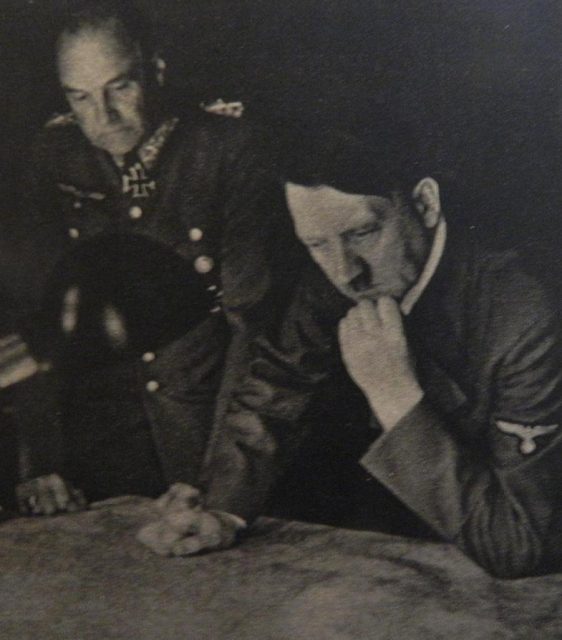
After being caught off guard and suffering a lot of causalities, the Soviets managed to get their heads together and prepare themselves for the winter. The Nazis, on the other hand, took no precautions at all.
Under the command of their Führer, they continued to fight and advanced further into Russian territory. But when the cold, Russian winter began, the Germans started suffering from a lack of resources. With the number of their casualties increasing, the army started to feel worn out and hopeless.
Hitler’s Operation Barbarossa was failing. By November 1941, the Germans had suffered an unprecedented 730,000 casualties. The Russians now started to fire back. On top of that, they were now part of the Allies, something which Adolf failed to predict.
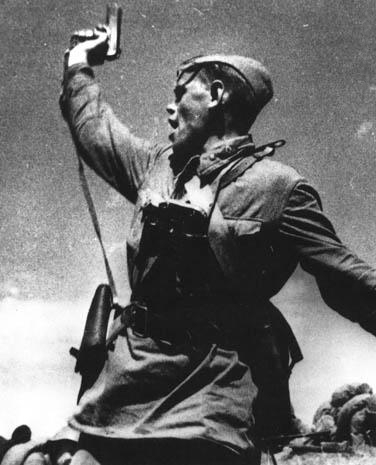
Sun Tzu taught that you always must choose sides in a war. That was the strategy that Stalin choose, respecting the advice in the Art Of War and encouraging the Allies to forget that Russia had assisted in Poland’s invasion.
Hitler thought he was being deceitful by attacking the Soviet Union out of the blue, but Stalin proved him wrong and managed to turn the invasion to his advantage.
The Führer was so blinded by his ambition that he never evaluated the situation when it came to attacking the Soviet Union in the first place. Such oversights brought him only defeat.
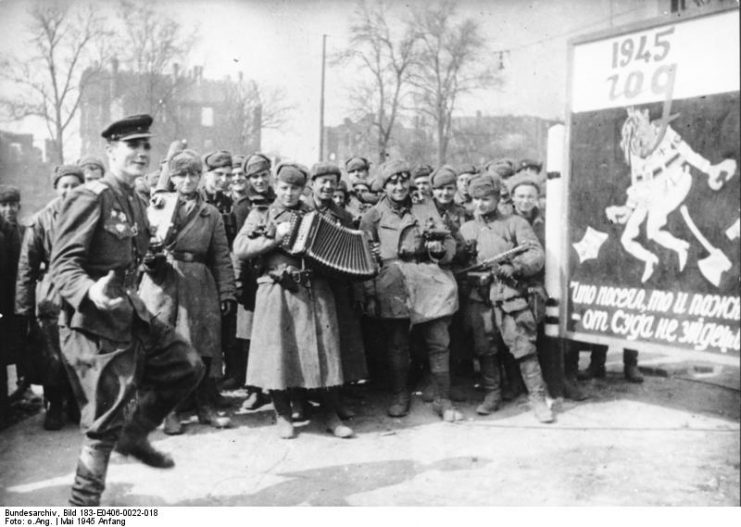
Read another story from us: Hitler’s Nightmare -The Battle of Stalingrad
By the end of 1942, the Soviet Union managed to turn the tide with victories at Stalingrad. Finally, in the early days of May 1945, they pushed the Germans back to Berlin and captured the city.
So, without acquainting himself with the designs and intentions of his neighbors, Hitler’s lack of vision brought about his own ruin. Without adhering to the Art Of War, he made monstrous rather than subtle decisions and was doomed to fail.
